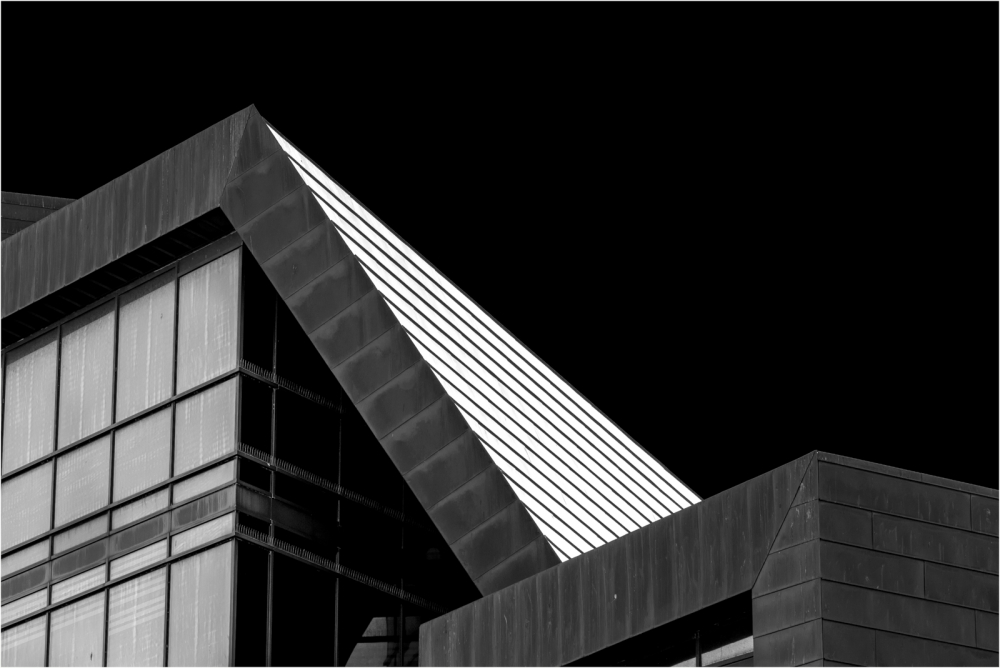Why Plymouth?
Today, Plymouth is a vibrant waterfront city, known as Britain’s Ocean City, with a population of 265,000 in 2021. It is home to the University of Plymouth, the National Marine Aquarium, and the Royal William Yard
Plymouth’s early history extends to the Bronze Age when a settlement emerged at Mount Batten, which was a trading post for the Roman Empire. By the ninth century Mount Batten had been surpassed by the village of Sutton on the opposite side of the mouth of the River Plym. Sutton was granted a charter making it a market town in 1254. As Sutton grew it also became known as Plymouth, with the change of name being formalised in 1439 when it was made a borough.
During the Industrial Revolution, Plymouth grew as a commercial shipping port, handling imports and passengers from the Americas, and exporting local minerals (tin, copper, lime, china clay and arsenic). From 1690 onwards, a new dock for the Royal Navy was built on the banks of the River Tamar, 2 miles (3.2 km) west of Plymouth, around which grew a town called “Plymouth Dock”, renamed Devonport in 1824
Some of the most important buildings in the university area of Plymouth include
- Roland Levinsky Building: A flagship arts, cultural and teaching facility of the University of Plymouth, completed in 2007. It is located at the south of the university campus opposite the Drake Circus Shopping Centre .
- Babbage Building: A £63 million state-of-the-art space dedicated to teaching and research, bringing STEAM (science, technology, engineering, arts and mathematics) subjects together to support academic collaboration and innovation
- Portland Square Building: A £7 million performing arts centre that offers cutting-edge theatre in the heart of Plymouth
- Scott Building: A building that houses the School of Art, Design and Architecture’s photography department
- Beckley Point: State-of-the-art student residence in Plymouth, opened for the first time in 2017
- The Box: Plymouth's award-winning museum, art gallery and archive with a 2022 European Museum of the Year Special Commendation
- Drakes Circus: A 425,000-square-foot covered shopping mall which opened in October 2006. The building was designed by London-based architects Chapman Taylor and built by Bovis Lend Lease.
Some Technical Detail
- Stuart Chapman: Stuart chose to give his 12MP 35mm full-frame Sony Alpha 7s a run out for this project. His lens choices were the Sony 14mm, 24-105 and 70-200. For post-processing, Stuart is a big fan of Adobe Lightroom and Photoshop which he uses on Apple Mac hardware. Stuart shoots in colour but typically processes his images in the contrasty monochrome style that you see in all of his images in the exhibition.
- Alex Hamer: Alex used his 50MP, 35mm full-frame Sony A1 with the Laowa 20mm f/4 Zero-D Shift Lens throughout the shoot. For post-processing, Alex used Adobe Lightroom and Photoshop to process all of his images that you see in the exhibition. Alex works on a comprehensively specified Windows 11 PC as well as on a Windows 11 laptop when required.
- Dave Collerton: Dave is very much into older camera technology and so used a variety of cameras including the Casio EX-Z850, the Olympus PEN-E-P1 and the Kodak AZ421 during the day. The Casio and Kodak are both CCD sensor cameras while the Olympus has a 4/3 LiveMOS sensor. For post-processing, much like his use of cameras, Dave uses a variety of software including On1 2024, Luminar Neo and more recently. Adobe Lightroom and Photoshop. Dave uses Windows based hardware including a recently built desktop Windows 11 PC and an older Windows 10 laptop.











